The latest article in our series about an object in Rye Castle Museum, the model of the ketch smack ‘Emily’, built by shipbuilders, the Hoad family, suggested by museum volunteer, Amy Breeds.
Emily was built in 1881 by JC Hoad, for Walter Stock of Ramsgate and was named after his wife, Emily Stokes who came from Sheerness. The vessel weighed 52 tons and was a ketch smack, a fishing boat (smack) with ketch rig (that is a two-masted sailboat whose mainmast is taller than the mizzen mast) and was lost in 1906, fate unknown. George Gammon worked at JC Hoad on the ship’s construction and his daughter Emily married into the Clark shipbuilding family.
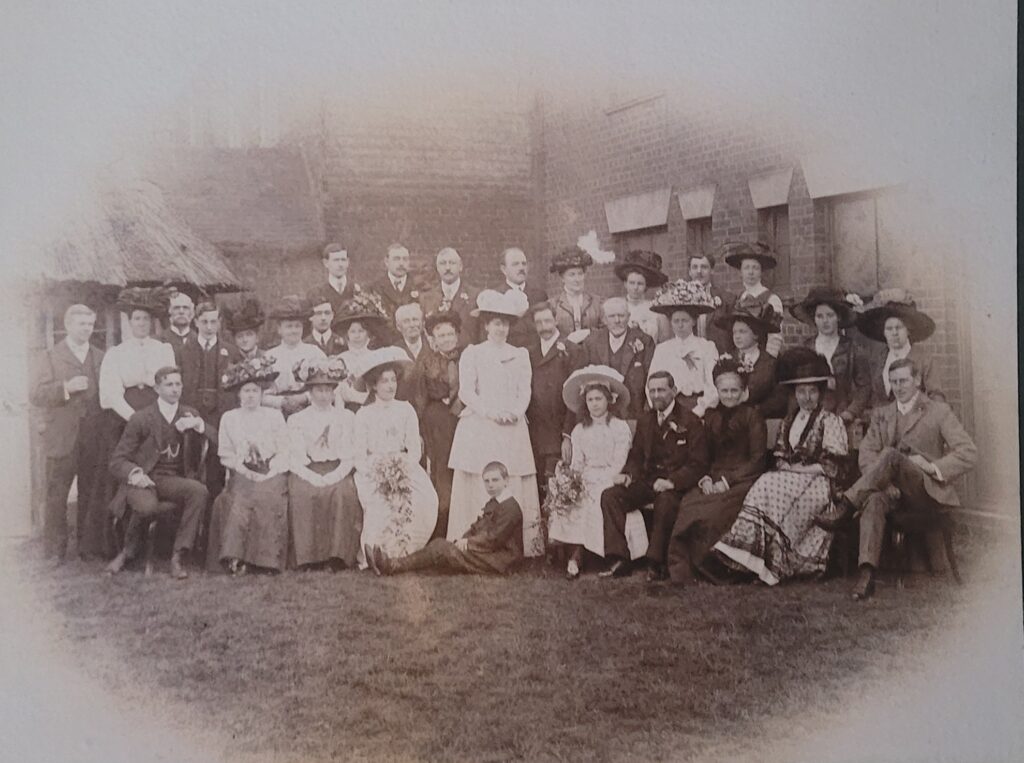
Amy Breeds, a volunteer at the Rye Castle Museum, says: “The model of Emily (at the 3 East Street site) was donated by Mrs Emily Clark, daughter of George Gammon, to Rye Museum when it reopened in 1954 / 55 in its new home in the Ypres Tower (Rye Castle) after the second world war. The model was made by Emily’s father as a gift for her when she was a teenager.
“Emily Clark (Gammon) was my great grandmother, and I can remember the model hanging on the wall in her guest bedroom. George Gammon (my great, great grandfather) was a mariner and later a shipwright working for the shipbuilders in Rock Channel. My grandma said when she was a child she would go and watch him making the masts in the mast shed at the end of St Margaret’s Terrace, and probably in his spare time he would help his father-in-law, Owen Croucher, with plying the ferry from Ferry Cottage across the river Rother.”
The photo (above) of the wedding of Miss Nellie Sellman and Owen Croucher at the Cinque Ports Hotel around 1909 includes the maker of the model, George Gammon (seated fourth from right) with his wife and his daughter, Emily, wearing a white and black lace dress and large hat, second from right seated next to her husband Alfred Clark. the proprietor of the hotel.
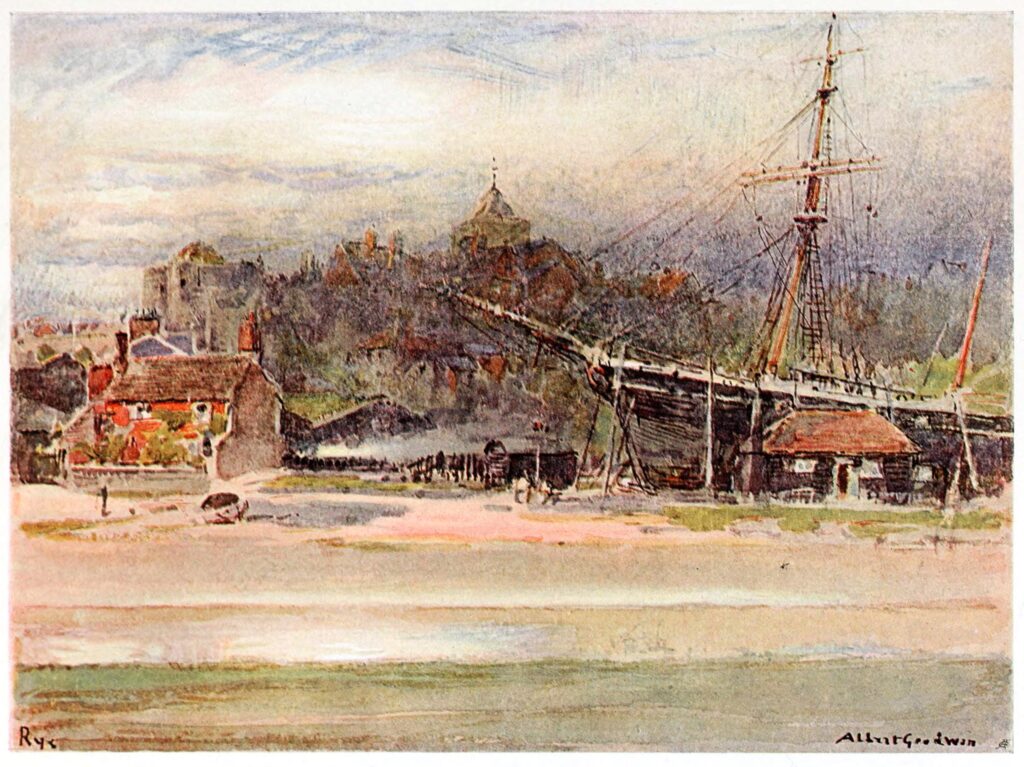
Ships were known to be built in Rye from the 13th century (and earlier) due to the plentiful supply of wood from the Weald and the navigability of the Rother, Brede and Tillingham rivers. As a member of the Cinque Ports, Rye supplied ships and men to the Cinque Ports fleet for the wars against France and Spain and from 1237 to 1243 it was a naval base for royal galleys. In 1243, Henry II ordered the galley-house or covered slip at Rye to be extended to house seven ships, and repairs to the king’s galleys took place in 1252 and 1253. Notable ships built in the 14th century during the Hundred Years War with France were the 240-ton La Michel and La Edmund, La Nicholas and La Palmere supplied to Edward III in 1337 when Philip VI invaded English-held Aquitaine.
During the Tudor period, Rye was the most important port in Sussex, not only building and supplying ships for the monarch for the defence of the realm but also involved in fishing and coastal and foreign trade. But by the late 16th century the port was in decline due to the silting of the rivers and inning of the marsh, the decline in fishing, poor communication by road and the huge cost of attempts to build a harbour to combat the silting.
Prior to this, in the 15th century, Rye as a centre of shipbuilding had already become much diminished as local wood supplies dwindled due to the extensive use in the iron smelting furnaces. The silted rivers and Rother estuary meant that the shallows became increasingly difficult for larger ships, (which needed to have deep and wide hulls to support the weight of guns), to navigate. In 1588, Rye only supplied one small ship to Queen Elizabeth I for her force against the Spanish Armada. From the 16th to the 18th century, Rye’s shipbuilders mainly produced and maintained fishing boats, colliers and barges rather than supplying larger men-of-war.
With the Industrial Revolution and growth of trade with North America, ships needed to be fast-sailing and so ship design changed. With sleeker, narrower hulls and many sails, schooners, clippers and sloops were much speedier. By the mid-19th century, the demand for these merchant ships meant that the shipbuilding industry in Rye once again flourished.
The best known shipbuilders in this period were Hessel and Holmes who built the clipper schooner for the fruit trade, the Marian Zagury; Clapshaw and Harvey; the Hoad family, later G & T Smith; Philips (who built the clinker fishing boats that can still be seen today); Rother Iron Works (who built iron and wood steam ships) and WE Clark (who built smacks and river barges).
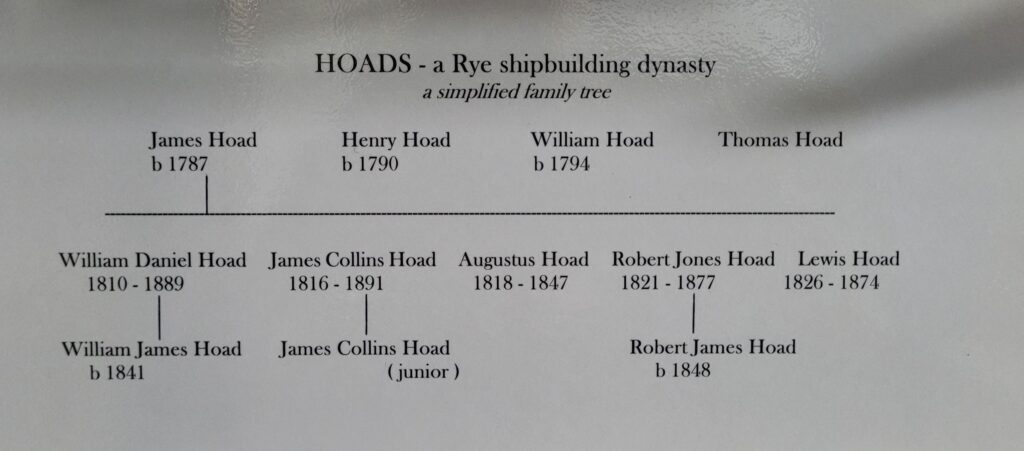
The Hoad shipbuilding dynasty began with James Hoad (born 1797) who had a shipbuilding yard on the west side of the Strand, began in 1838, and who also owned a shipyard in Sandwich. His had five sons: William Daniel Hoad, James Collins Hoad, Augustus Hoad, Robert Jones Hoad and Lewis Hoad who became part of James Hoad and Sons, later to become Hoad Bros. As well as building ships, the Hoad family were shipowners and merchants as well as owning a coal yard in Rock Channel.
Hoad Bros was run by four of the five sons of James Hoad (Augustus had died when he was, allegedly, hit on the head in a bonfire night accident in 1847). They were based on the west side of Strand Quay from 1847 but as the river silted up it became difficult to launch larger ships and as a result, they moved their shipbuilding to a site at Rock Channel in 1854. They continued to build smaller fishing boats in the Strand but built merchant ships and fruit schooners, brigantines, barques and brigs at Rock Channel until 1872 and were the biggest shipbuilding firm in Rye, at that time. Between 1847 and 1880, they built about 80 sailing ships, over 100 large trawlers and single masted fishing vessels.
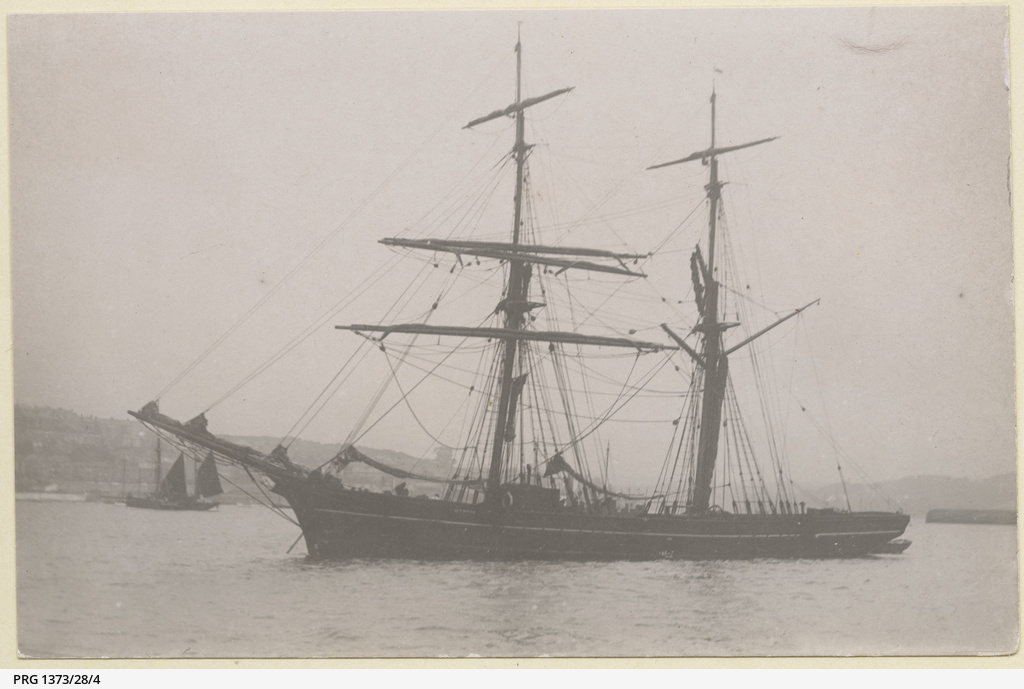
In 1880 Hoad Bros went into liquidation but continued to operate as ship repairers, merchants and shipowners.
William James Hoad (son of William Daniel Hoad, and grandson of James Hoad) operated WJ Hoad located at a number of locations in Rock Channel building North Sea trawlers from 1872 to 1881 and then again from 1883 to 1886 building yachts and fast sailing trawlers for Lowestoft and other ports. In 1886, he moved to Greenwich and set up a tugboat and barge repair shop on the Thames.
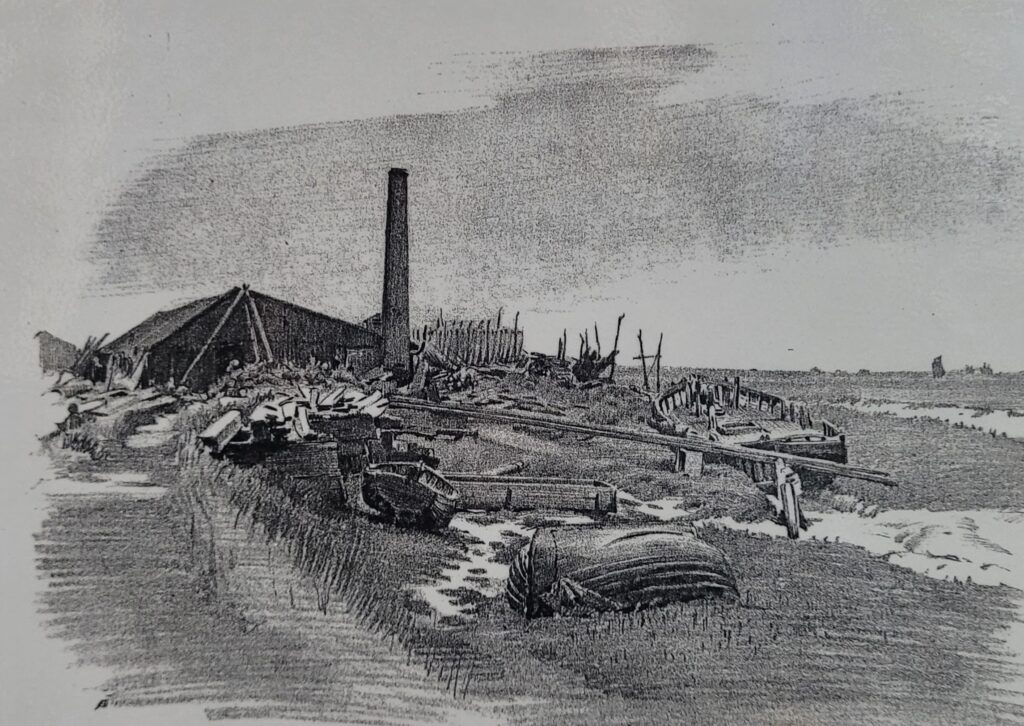
James Collins Hoad Snr and his son, James Collins Hoad Jnr, (son and grandson of the original James Hoad) built, from 1872 to 1884, schooners, North Sea cod smacks and fishing ketches but in 1884 were declared bankrupt and their yard in Rock Channel was taken over by George and Thomas Smith (G & T Smith).
Ship and boat building continued in Rye around Rock Channel throughout the 20th century albeit on a much smaller scale. Wooden pontoons and eight motor fishing vessels (MPV) to be used as minesweepers, were made during the second world war, and Philips continued to build and repair fishing and leisure boats.
The shipyards of old may be quieter and far less productive than in their heydays, but today there are still boatyards at Rock Channel providing maintenance and repairs for all types of vessels keeping the connection with one of Rye’s important past industries alive today.
Museum opening hours
The Rye Castle Museum has two sites, one in a former bottling factory in East Street and the other at the Castle / Ypres Tower.
Castle / Ypres Tower is open daily throughout the year. March 30 to October 31 from 10:30am to 5pm. November 1 to March 29 from 10:30am to 3:30pm.
East Street is open at weekends from April to October from 10:30am to 4:30pm (subject to availability of volunteers).
Image Credits: Rye Castle Museum , Amy Breeds , Albert Goodwin/The International Studio https://commons.wikimedia.org/wiki/File:Boatbuilder%27s_Yard,_Rye,_from_the_Water-Colour_Drawing_by_Albert_Goodwin.jpg Creative Commons https://creativecommons.org/publicdomain/zero/1.0/, State Library of South Australia, PRG 1373/28/4 https://collections.slsa.sa.gov.au/resource/PRG+1373/28/4 No known copyright restrictions https://www.slsa.sa.gov.au/no-known-copyright-restrictions, William Greenwood Fine Art https://www.sellingantiques.co.uk/711472/walter-j-hall-ship-building-rye-oil-marine-painting William Greenwood given permission via email 10.9.23 to JD , Picryl/Imperial War Museum, UK Ministry of Information Second World War Official Collection https://picryl.com/media/rye-shipyard-the-construction-of-motor-fishing-vessels-rye-sussex-england-uk-929753 https://creativecommons.org/publicdomain/mark/1.0/ , Picryl/Imperial War Museum, UK Ministry of Information Second World War Official Collection https://picryl.com/media/rye-shipyard-the-construction-of-motor-fishing-vessels-rye-sussex-england-uk-904e81 https://creativecommons.org/publicdomain/mark/1.0/ , Picryl/Imperial War Museum, UK Ministry of Information Second World War Official Collection https://picryl.com/media/rye-shipyard-the-construction-of-motor-fishing-vessels-rye-sussex-england-uk-510d8a https://creativecommons.org/publicdomain/mark/1.0/ , Picryl/Imperial War Museum, UK Ministry of Information Second World War Official Collection https://picryl.com/media/rye-shipyard-the-construction-of-motor-fishing-vessels-rye-sussex-england-uk-faee7b https://creativecommons.org/publicdomain/mark/1.0/ .



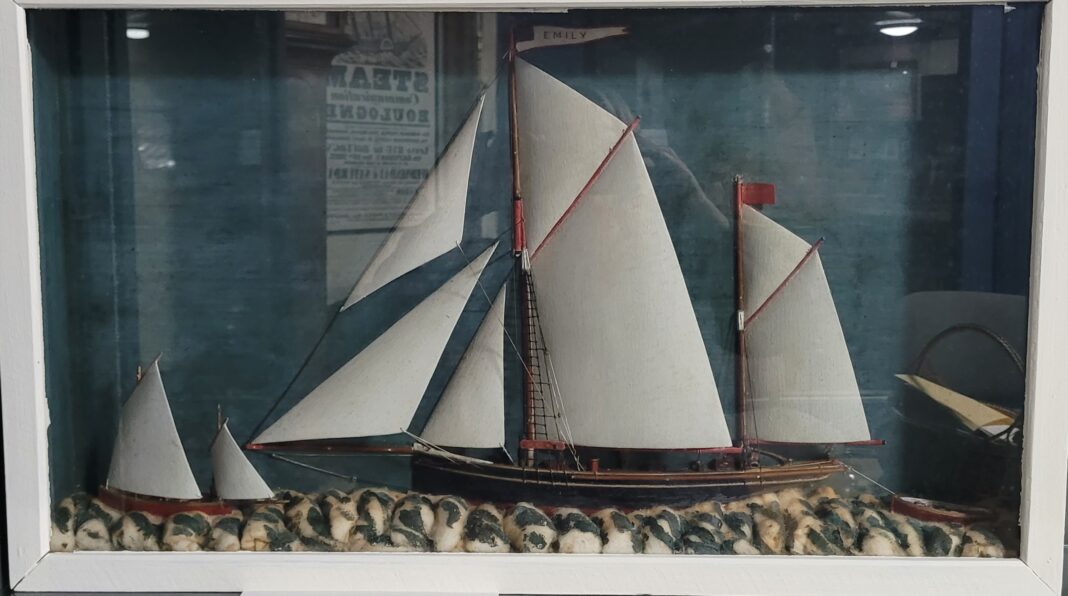
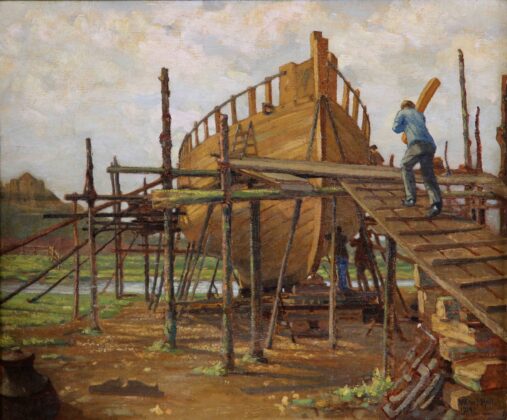
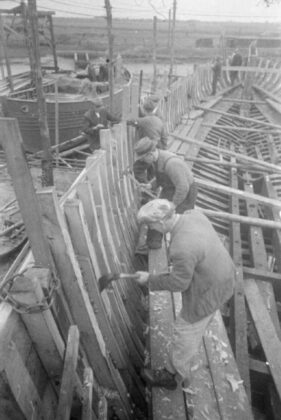
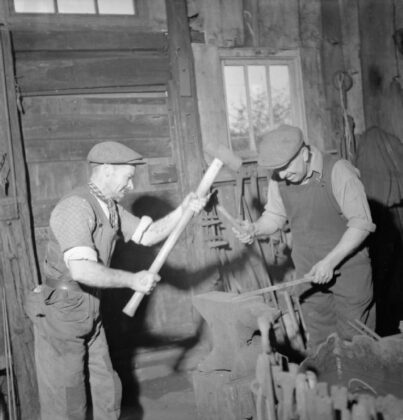
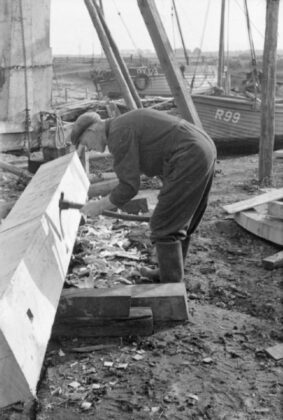
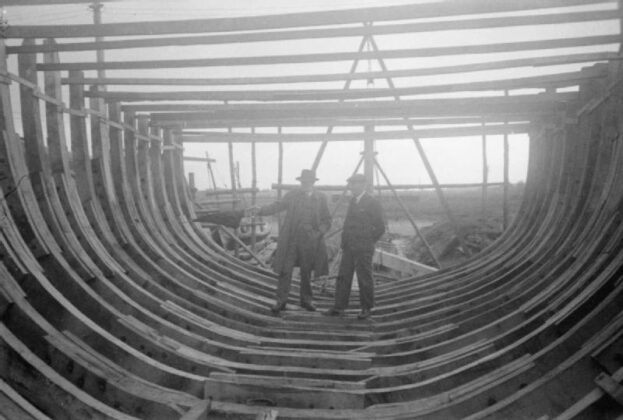

My father and uncle bought « Idolise» – built on G T Smith in 1923 – in 1939 and sailed it to Norway. Any history, drawings or pictures of the boat in museums or family in Rye ?
Best regards
Gunnar Hovland Størksen